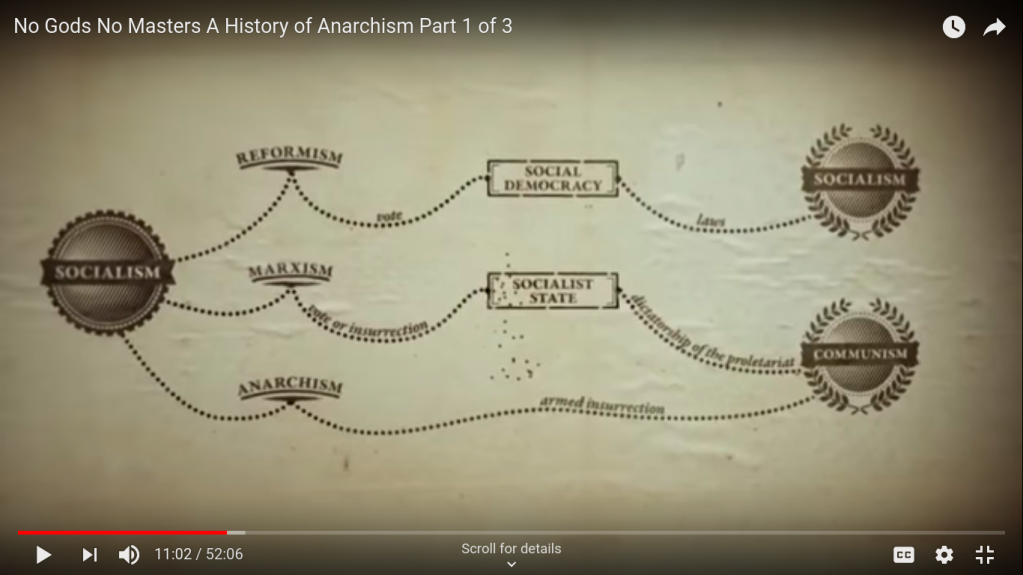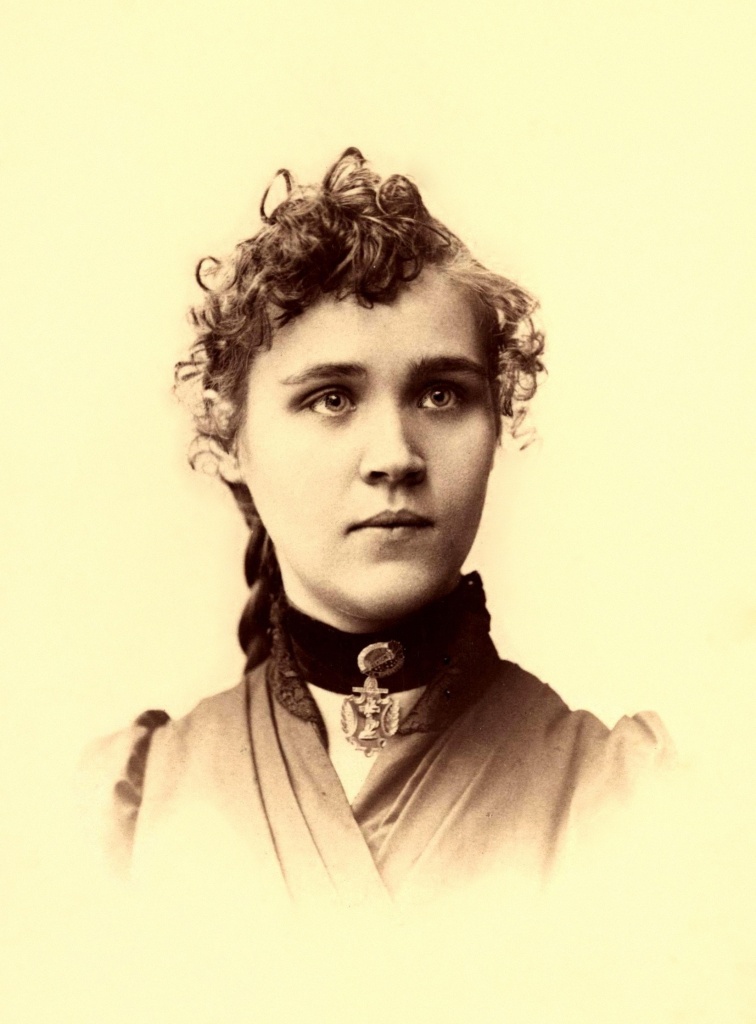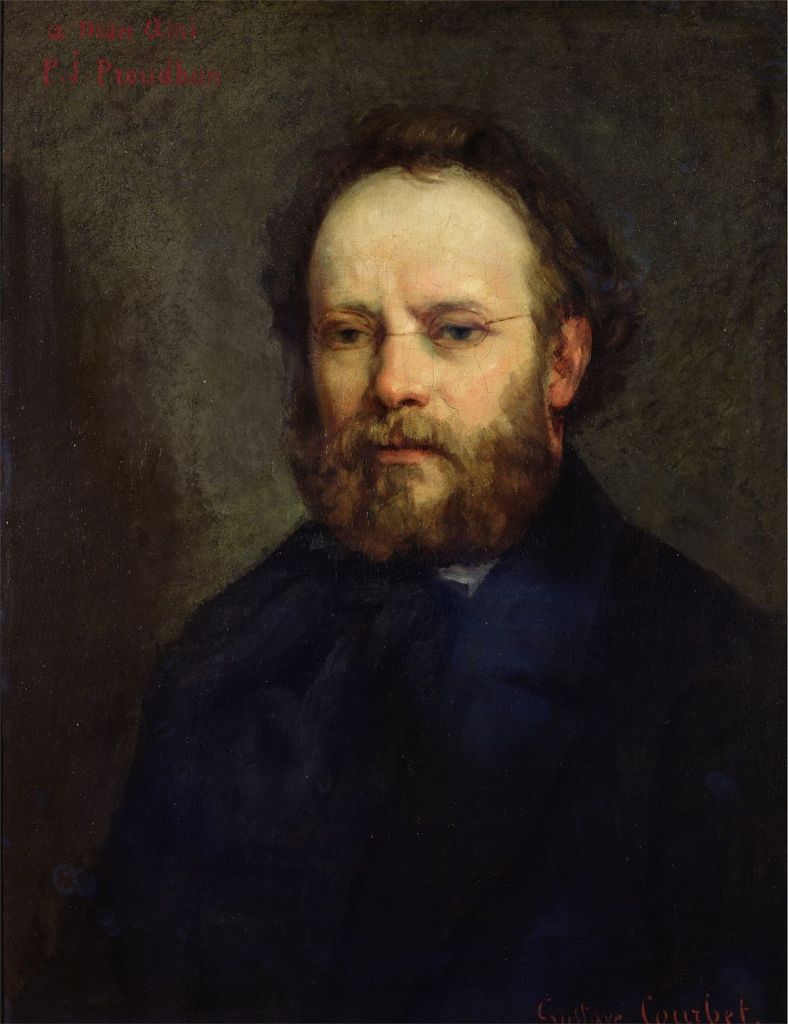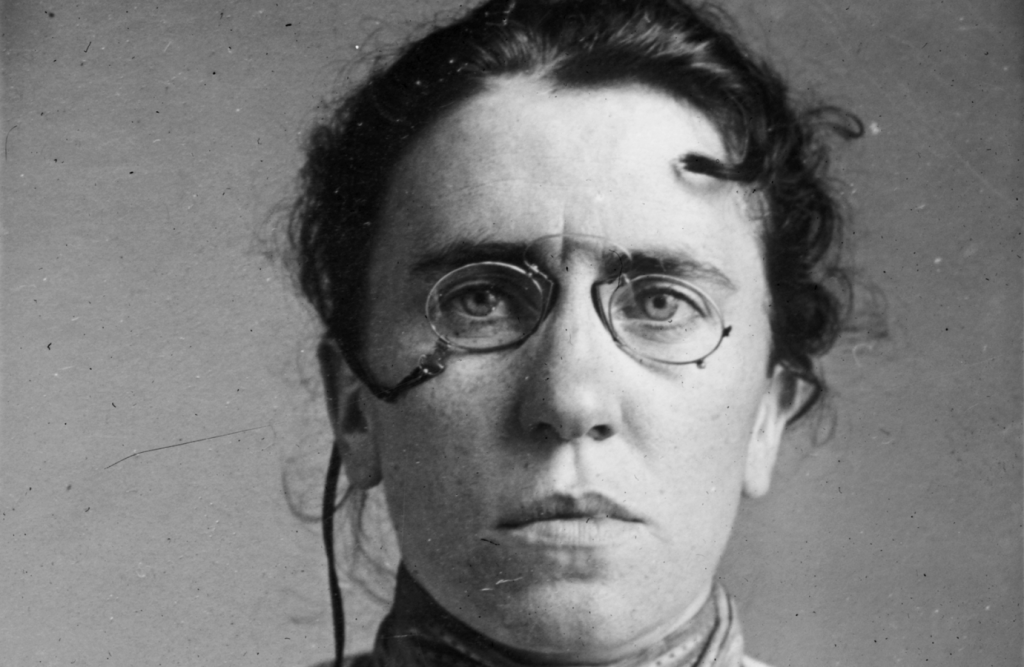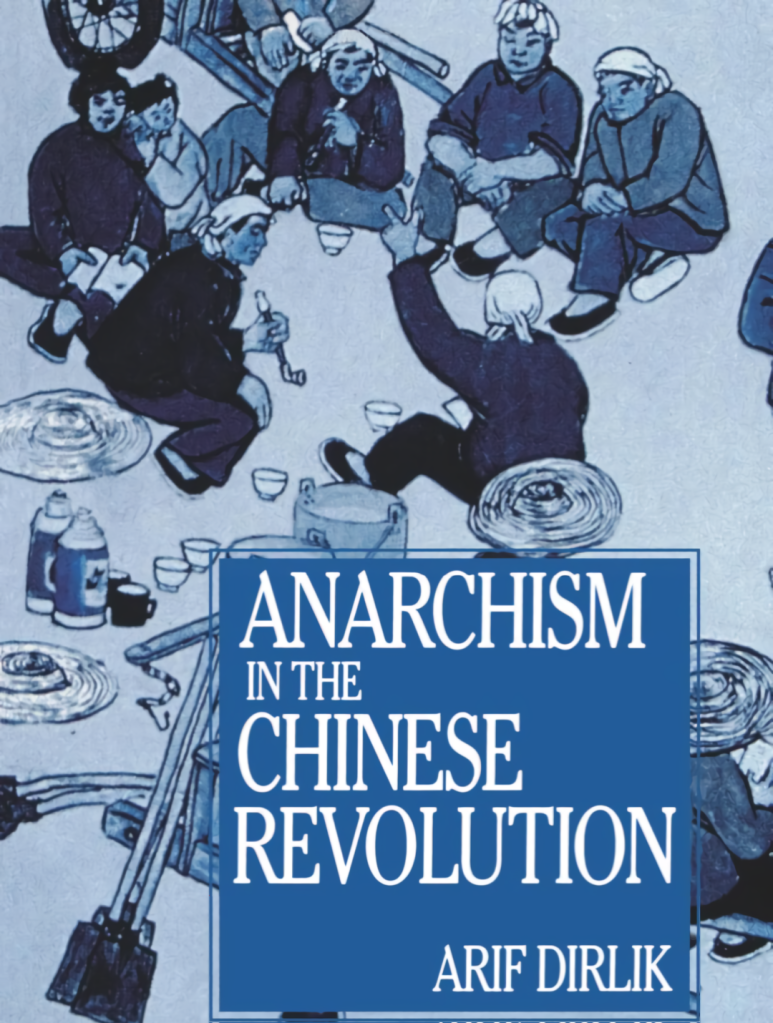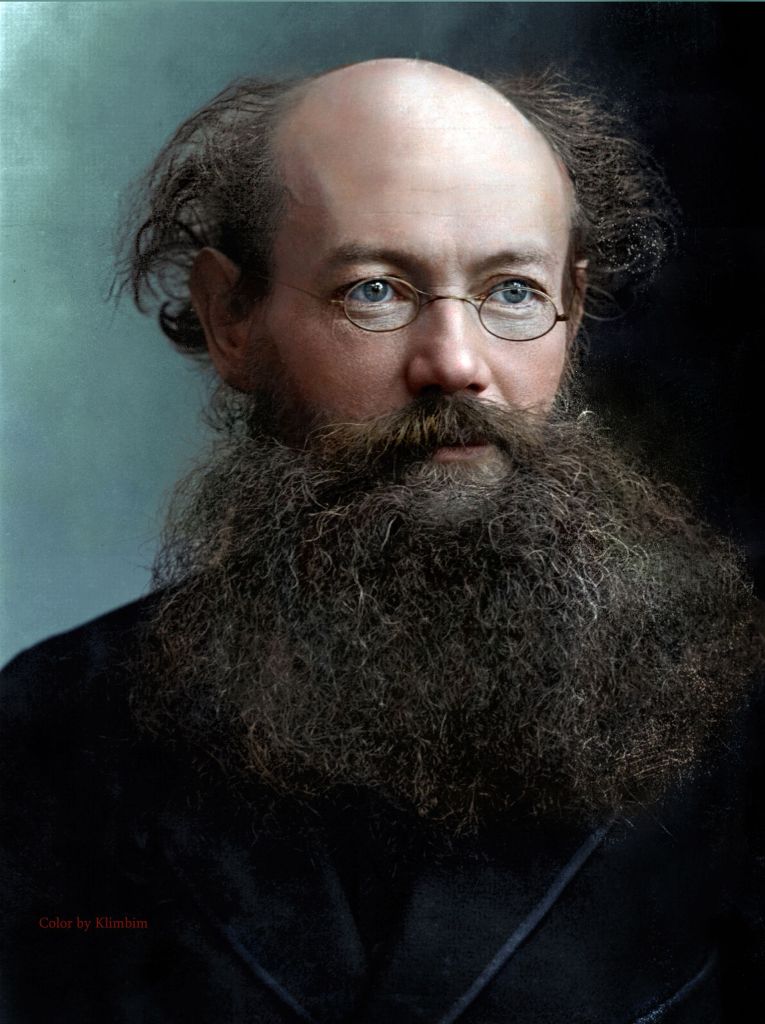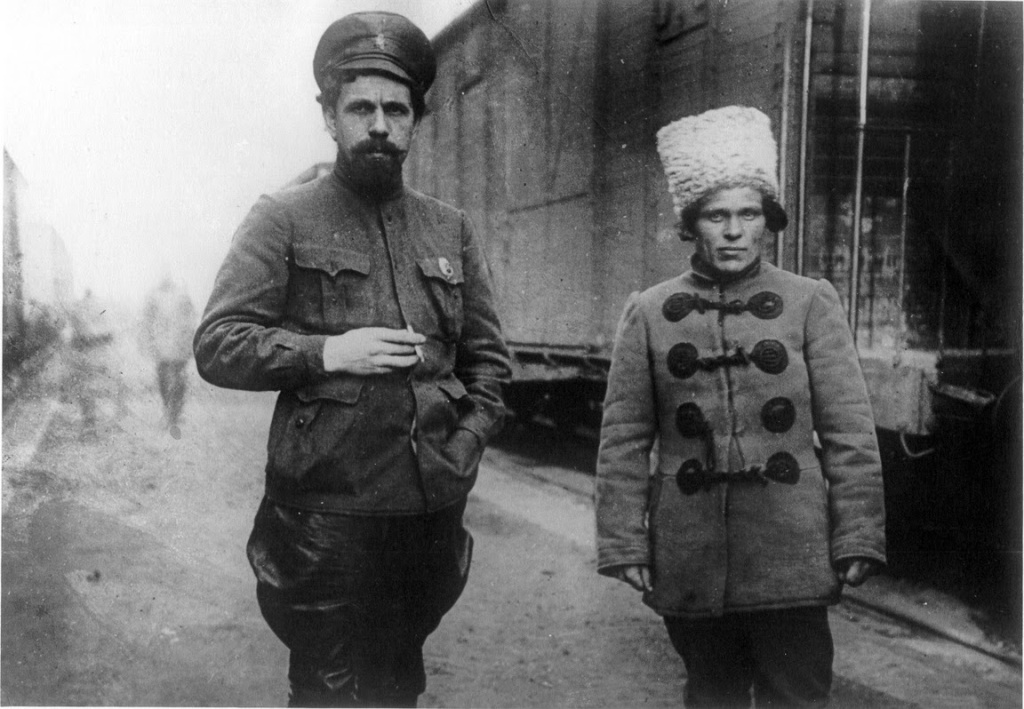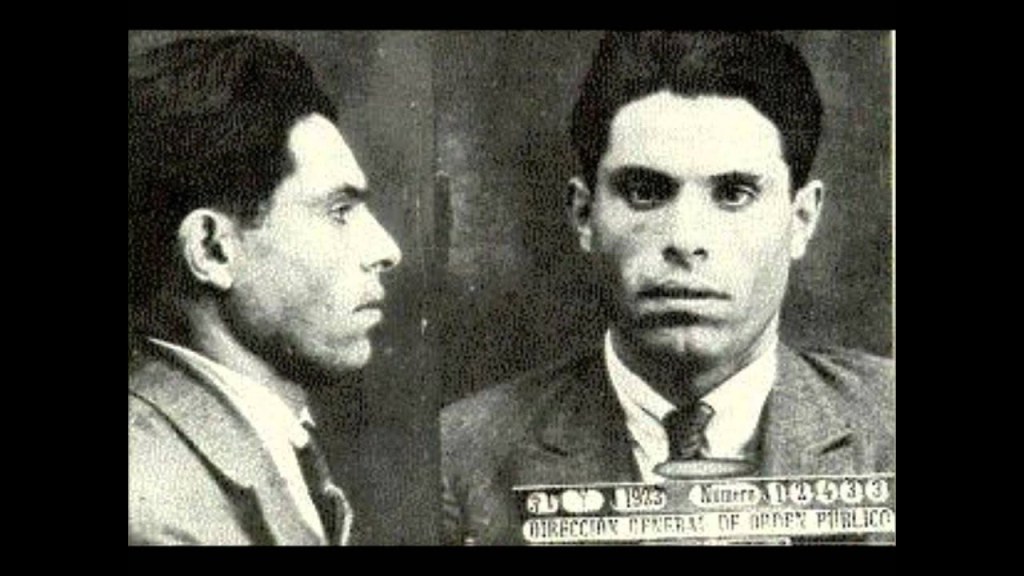Out of the Present is one of the most mind-boggling examples of documentary making (in my experience) to come out of what the Germans call “Wende”, the 1989 turn, or what in Romania is known as the – “tranzitie” – the protracted transition of the early 1990s after the Romanian Revolution. The Romanian 1989 Revolution is left as the only – brutal, bloody revolution. Yet we have another example maybe even more emblematic – because it had much more wider repercussions. The 1991 Soviet coup d’état attempt also known as the August coup – is often depicted as the fight btw the reformists and the old guard soviet apparatchiks, with the reformist faction run by Boris Eltsin winning. Well, the result was the total collapse of the Communist Party and the immediate collapse of the Soviet State. In fact, in retrospect, this could be read as actually the first important step in the shock therapy economic measures – that have afflicted Russia, but all the other countries of the east bloc as well – be it Romania, Bulgaria (maybe not so much Poland and the Baltic nation-states). Another exception is CPR – China being one of those rare, maybe only countries that got forewarned and beforehand refused any structural liberalization of its core industries preferring instead a gradual liberalization from the margins, a dual pricing system and many other things which none of the previous examples followed (including Romania and Russia). In fact one can say that without first the annihilation of the party and the state, all the other – price liberalization etc privatization of industries, even the rise of the oligarchs and Putin – would have not been possible.
Andrei Ujică is one of the most accurate analyzers of mediatic sociological political mutations – and he helped Harun Farocki make the Videograms of a Revolution documentary in 1992 practically the best documentation we have about the first televised revolution – about the various framings, affective overflow and post-spectacle operations taking place on TV, with actual theatre actors becoming revolutionaries and so on. They were both digging into hours and hours of TV materials to be able to offer this comprehensive study of broadcasted images and audio-visualization of politics.
Out of Present is something else – it presents the Soviet Cosmonaut Sergei Krikalev leaving Earth and CCCP for a space mission on MIR to return and reenter Earth in a new country called Russia. It is for me one of the most stark example of space dilation that does not take just its relativistic time consequences to their limit but also the subjective experience of somebody who is caught on orbit, who is dependent on a sort of terrestrial life support system that was on the verge of collapse, an infrastructure that brought Gagarin first in orbit, the first human to leave terrestrial space. It spans the entire collapse of the Soviet Union but from a cosmic perspective of sorts and during the routine of one of the most enduring dreams of humanity, the one that links communism with the exploration of outer space. There is much to be teased out of this documentary so I leave it up to the viewers. This documentary was included in the New Temporealities show at the Scena 9 BRD residency in Bucharest this year. Below is my text on it – for the room 7 of the exhibition where the movie was screened.
07 Out of the Present into Space
What happens when time plays tricks on you up there, when you rely on and depend on once-functioning life support systems, guided systems that put the first humans in orbit around the Earth? What happens when you depend more than ever on a space exploration infrastructure that sent you there, but which for the moment remains suspended? Abandonment is the occasion to get out of a continuous present, dislocated from that home that is no longer on Earth, the place where even the system that sent you towards the stars will soon cease to exist.
This portal, which measures the drift out of time and into unknown space, is discontinuous. Just as time becomes difficult to measure, suddenly there is a place where worlds are suspended, and far too quickly destructured and atomized. Many SF comics and cover artists felt the need to abandon drawing when they encountered the prowess of CGI post-production, because they felt 3D modeling was already fulfilling their purpose, delimiting all possible actions in advance.
The exit from the present takes place when everything is spatialized, leaving room for movement through the frozen time of others, even through the unimaginable speed of some spaceships flying over a fiery exoplanetary landscape far from here and now. Entering in instantaneous and short-term memory, images are no longer subjected to linear succession. The fast pursuit is no longer a pursuit but a suspension in between. It’s ready to happen, and yet it doesn’t happen.
